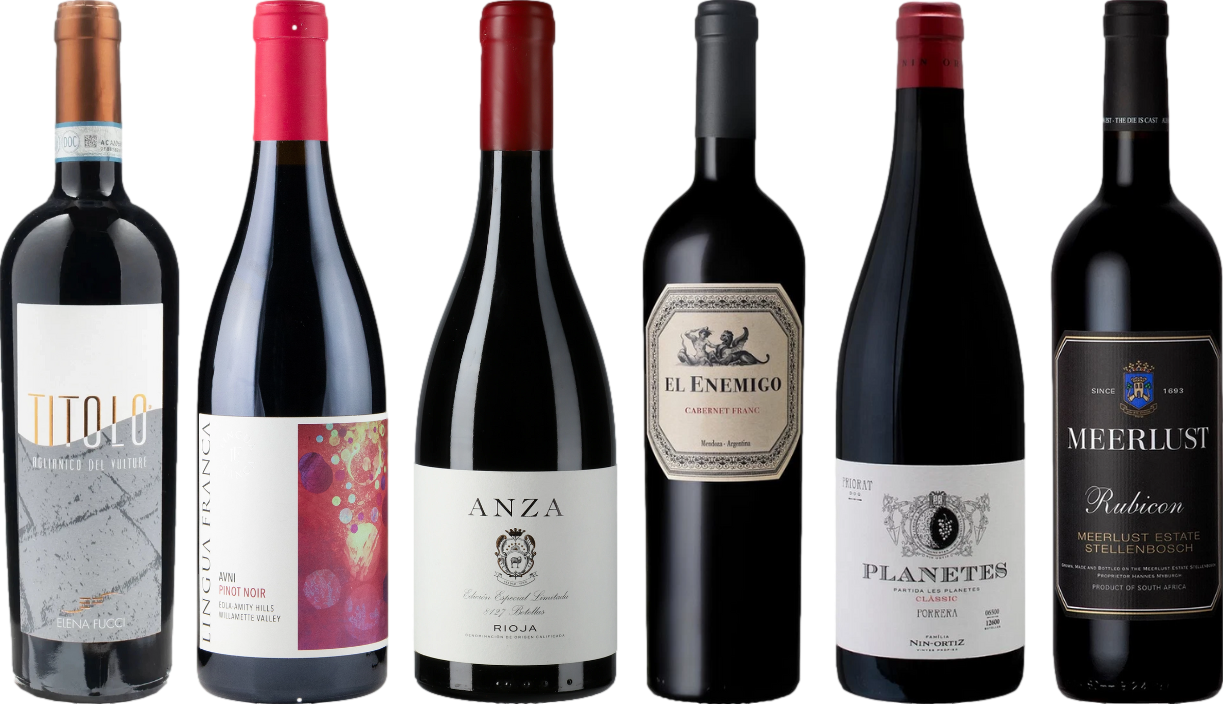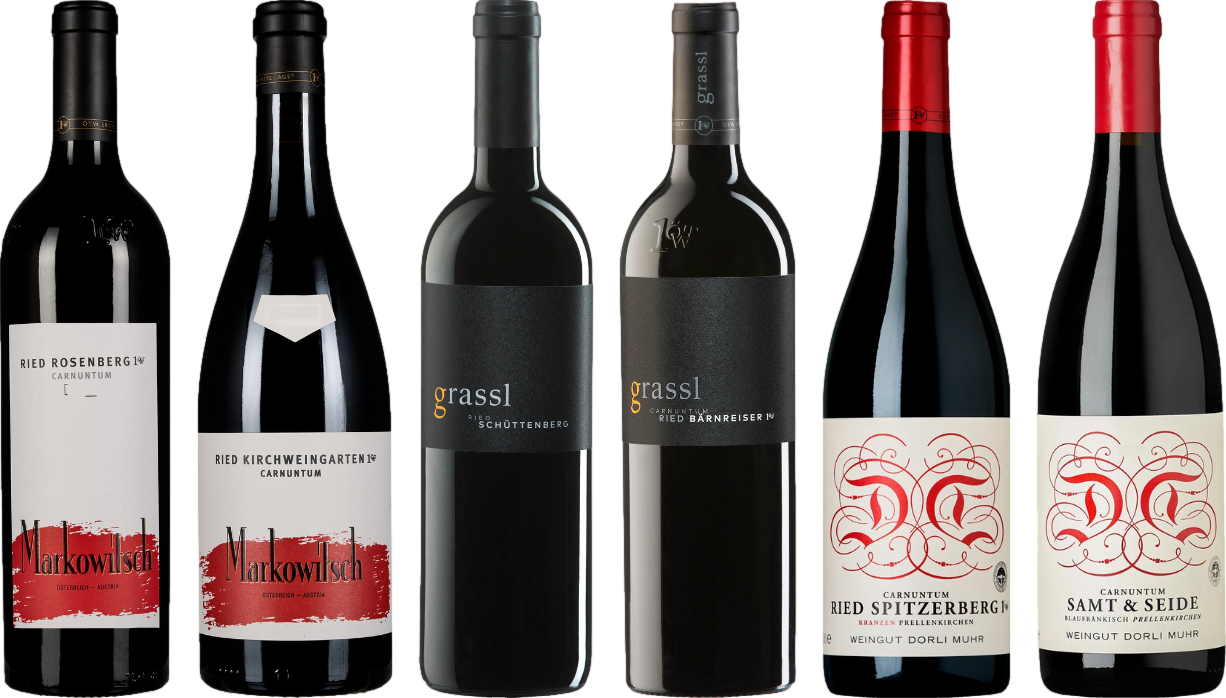



Introduce the deep, complex flavors of a robust varietal at the midpoint of simmering. This timing allows the liquid to meld seamlessly with the other ingredients, enhancing the overall flavor profile. Aim for a balance; too early can lead to a loss of character, while too late may not allow sufficient integration.
Consider the nature of the dish. For heartier combinations featuring meats or rich vegetables, this addition can elevate the depth of the dish significantly. If the meal includes lighter elements, contemplate a more subtle approach, using a smaller quantity to avoid overwhelming the delicate flavors.
Always remember to let the mixture reduce after introducing this liquid. This step concentrates the flavors, ensuring each bite is infused with the rich essence of the chosen vintage. Approach the process with a sense of creativity; experimenting with various varietals can lead to delightful discoveries that enhance your culinary creations.
Optimal Timing for Incorporating a Red Beverage into Sauces
Introduce the dark liquid during the sautéing process of aromatics. This allows the flavors to meld, enhancing the overall profile. The alcohol content will evaporate, leaving behind rich undertones that complement the dish.
Avoid adding it too early in the cooking phase, as the heat may cause the essence to dissipate. Instead, pour it in after the vegetables have softened, ensuring the base is ready to absorb its complexity.
Should you be working with meats, consider integrating the liquid after browning. This step helps deglaze the pan, capturing those flavorful bits stuck to the bottom, which contributes depth to the final result.
For a more robust flavor, allow the mixture to simmer for a while post-addition. This will help the sauce thicken and the flavors to intensify, creating a harmonious blend that elevates the dish.
Lastly, taste before finalizing. Adjusting seasoning after the addition ensures balance, allowing the nuanced flavors to shine through without overpowering the overall taste.
Choosing the Right Moment in Cooking Process
Incorporating the fermented grape beverage should occur after the sautéing of aromatic vegetables and before the simmering phase. This timing allows for the alcohol to evaporate, while the flavors meld seamlessly into the mixture.
Flavor Development
By introducing the liquid at this stage, you enhance the depth of flavor without overpowering the dish. The acidity of the beverage balances the richness of the other components, creating a harmonious profile.
Cooking Technique
Ensure to deglaze the pan after adding the liquid, scraping up any fond that has developed. This technique enriches the final product with concentrated flavor, elevating the overall experience of the meal.
Determining the Best Type of Red Wine
For an optimal flavor experience, select a robust varietal such as Cabernet Sauvignon or a medium-bodied option like Chianti. These selections enhance the dish’s depth without overpowering the other ingredients.
Flavor Profiles to Consider
Choose wines that complement the primary elements of your dish. For tomato-based mixtures, a wine with higher acidity works well. Varietals like Sangiovese or Tempranillo can harmonize beautifully with tomatoes, balancing their acidity and enhancing the overall taste.
Aging and Complexity
Older vintages often bring a more nuanced flavor. If available, opt for a bottle that has had some time to mature. This can introduce layers of complexity, which elevate the entire dish. Look for wines that exhibit notes of earthiness or spice, as these can enrich the overall profile of the meal.
Experimenting with lesser-known varietals, such as Nero d’Avola or Barbera, can yield delightful surprises and unique pairings. Always consider your personal preferences and the specific characteristics of your chosen ingredients for the best results.
Balancing Flavors with Other Ingredients
To create a well-rounded dish, it’s vital to harmonize the essence of your liquid with other components. Consider these practical tips:
- Herbs and Spices: Fresh basil, oregano, or thyme can enhance the overall profile. Adding these at the right moment can marry beautifully with the liquid you’re working with.
- Vegetable Choices: Onions, garlic, and bell peppers contribute sweetness and depth. Sautéing them before introducing other elements allows their flavors to bloom.
- Acidity Balance: Incorporating tomatoes or a splash of vinegar can counterbalance the richness of your mixture. Adjusting acidity levels is key to achieving a well-rounded taste.
- Umami Boosters: Ingredients like mushrooms or aged cheeses add a savory depth. These can be introduced early in the cooking process for maximum infusion.
- Sweet Elements: A pinch of sugar or a grated carrot can offset bitterness. It’s about finding that perfect balance to elevate the entire dish.
Experimenting with various combinations will lead you to discover which elements best complement your chosen liquid. Always taste as you go, adjusting to achieve a delightful finish.
For those interested in capturing your culinary creations, consider investing in the best compact digital camera with large sensor for stunning food photography.
Understanding Cooking Time for Wine Reduction
For optimal flavor integration, allow a minimum of 10-15 minutes for the liquid to simmer after incorporating it into the mix. This timeframe ensures that the alcohol evaporates adequately, leaving behind the rich essence and depth of the liquid.
Signs of Proper Reduction
Monitor the consistency closely. The mixture should reduce by about one-third, resulting in a thicker, more concentrated blend. A glossy appearance indicates that the reduction is on the right track. Taste periodically; the goal is to achieve a balanced depth without any harsh alcoholic notes.
Factors Influencing Cooking Time
Stirring frequently promotes even cooking and prevents sticking. The heat level also plays a crucial role; medium heat is ideal for steady evaporation without burning the mixture. Ingredients used can affect reduction time; for instance, a thicker base may require a longer simmering period to achieve the desired consistency.
| Cooking Method | Recommended Time |
|---|---|
| Simmering on Medium Heat | 10-15 minutes |
| High Heat (Quick Reduction) | 5-8 minutes |
| Low Heat (Slow Reduction) | 20-30 minutes |
Adjust these times based on your specific recipe dynamics. The key is to achieve a rich, harmonious flavor that enhances the entire dish.
Evaluating the Sauce Consistency After Incorporating Wine
Observe the texture immediately following the introduction of your choice of fermented grape beverage. A well-integrated mixture should achieve a glossy, somewhat thickened appearance, indicating that the flavors are melding effectively. If the consistency appears too thin, simmer for additional time to allow excess moisture to evaporate, enhancing the overall richness.
Signs of Ideal Thickness
Look for a velvety coating on the back of a spoon as a clear indicator of proper thickness. This signifies the right balance between liquid and other components. If the coating is too light, consider further reduction. Conversely, if it becomes overly thick, a splash of broth or water can restore balance without compromising flavor.
Final Texture Adjustment
Before serving, taste and assess the mouthfeel. A harmonious blend should feel smooth and cohesive. If needed, whisk in a small amount of high-quality olive oil to enhance silkiness and depth. This final touch can elevate the dish, ensuring a delightful experience with every bite.








